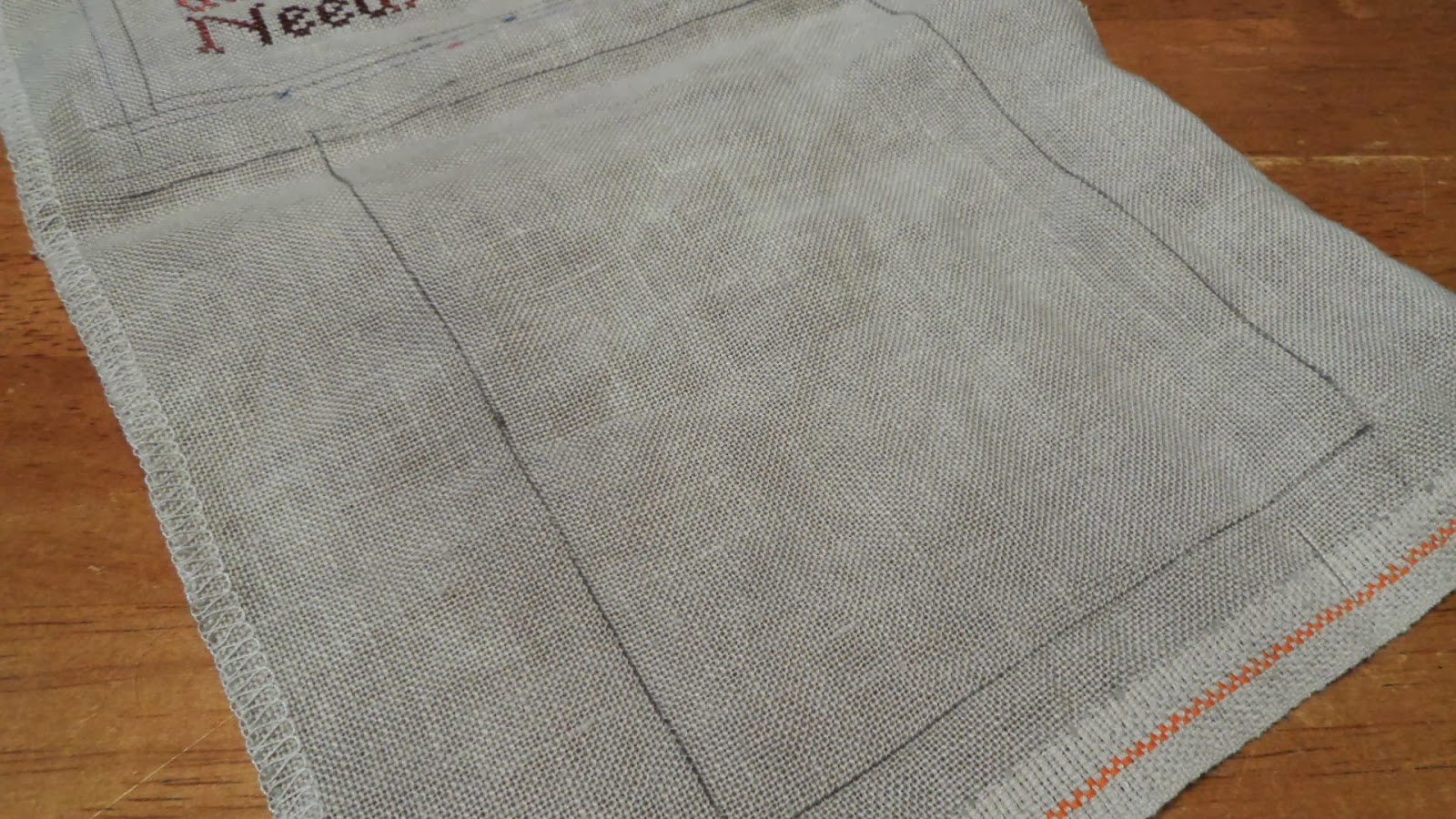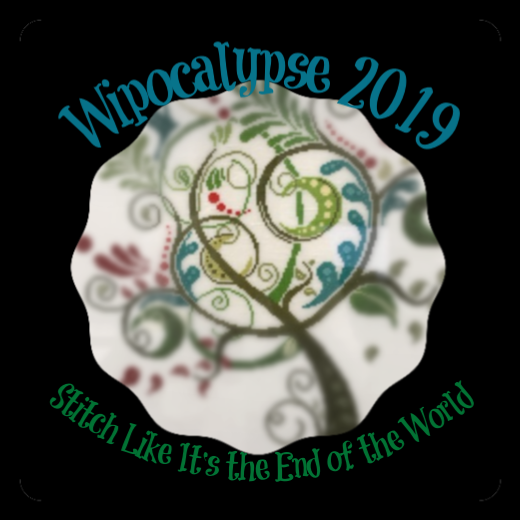Well, somehow I missed checking in last month. I just lost track of things and by the time I remembered, it was pretty late to be doing a post. But that means I have some progress to show this month!
First, I have been stitching like a mad woman on my anniversary sampler. This is by Ellen Maurer-Stroh, done on 32 ct. light mocha Belfast linen. It dawned on me awhile ago that I really didn't have THAT much time to get this baby done, so I put my foot on the gas. As you can see from the picture above, it is quite close to being completed. I had a goal of having it done by July 15, so that I could get it framed in time for our actual anniversary in August, but since the 15th is just a few days away, that may not happen. But, I can't see needing more than another week to get it done, so I'm happy about that. Hopefully, next month I'll be showing you the framed, completed piece. I do love the design. Those old-fashioned roses just make me smile!
And secondly, I have a new start. My sister and her husband bought a vacation condo on the beach in Galveston, Texas a couple of years ago, and I wanted to stitch a decor item for the condo. I'd looked at a few beachy-type pieces, but when I saw this seashell wreath, I knew it was perfect. Unfortunately, the design is only available as a kit, but fortunately, it was pretty inexpensive on Amazon. Anyway, I managed to work on the wreath for a few days here and there, and the photo below shows how far I've gotten. Can I just tell you how much I LOVE the colors in this thing? The softest golds and tans and lavenders and greys. Yummy. The design is by Nancy Rossi, one of my all-time favorite designers, and I'm using 3 strands of floss on white Aida 14.
Finally, this month's topic is Christmas or holiday stitching, and when we start. If I'm doing Christmas projects, yes, I would start now or even have started earlier. But, I'm not planning on doing anything big as far as gifts this year. At most, I'll stitch a few ornaments, so I'm not terribly worried about getting started. I'm much more worried about getting that anniversary piece finished!
Til August, happy stitching everyone! Can't wait to check everyone's progress on their pieces!

.JPG)
.JPG)
.JPG)

.JPG)
.JPG)
.JPG)
.JPG)

.JPG)
.JPG)
.JPG)

.JPG)
.JPG)
.JPG)

.JPG)
.JPG)
.JPG)
.JPG)


.JPG)
































